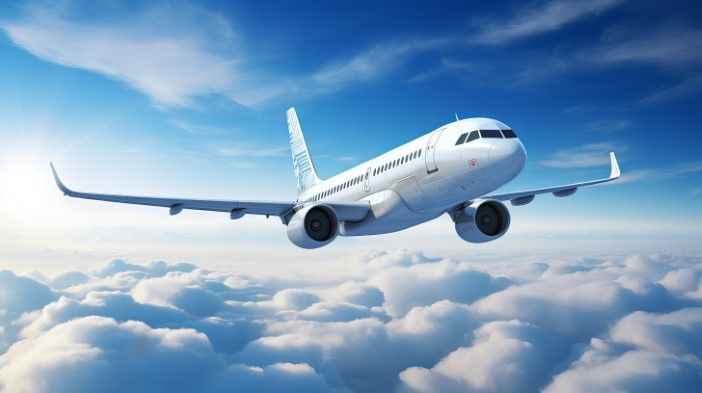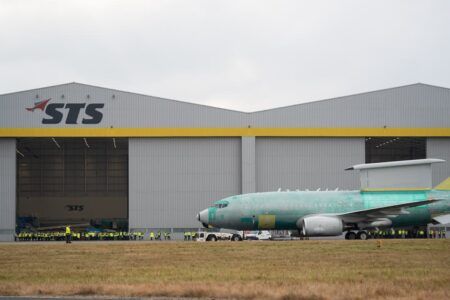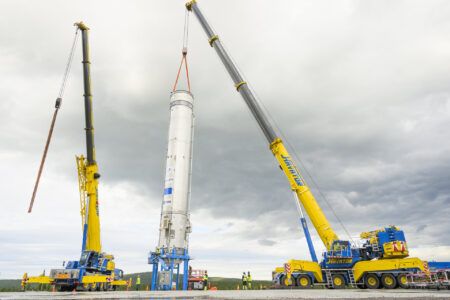A study by UCL researchers suggests that cooling the planet through stratospheric aerosol injection could be achieved using existing commercial aircraft modified to fly at 43,000ft altitude over polar regions, rather than requiring specially designed high-altitude aircraft.
Previously, most research assumed this geoengineering technique would require aircraft capable of flying at altitudes of 65,600ft (20km) or higher to inject particles over tropical regions. The new findings, published in the journal Earth’s Future last month, indicate that while less efficient, polar deployment could still produce meaningful cooling effects.
Scientists ran simulations using the UK’s Earth System Model 1 (UKESM1) to estimate the impact of injecting sulfur dioxide at different altitudes, latitudes, and seasons. They found that particles need to be created in the stratosphere, a layer of the atmosphere above most clouds, which is closer to the ground near the poles.
The research found that any aerosol particles in the troposphere would disappear quickly as they are caught up in clouds and rained out. However, the stratosphere is dry, stable and free of clouds, meaning that added particles would stay up for months or years.
When injected at latitudes of 60 degrees north and south of the equator, roughly the latitude of Oslo, Norway and Anchorage, Alaska, 12 million tonnes of sulfur dioxide annually could cool the planet by around 0.6°C. This is approximately the same amount added to the atmosphere by the 1991 Mount Pinatubo volcanic eruption, which produced an observable global temperature decrease.
“Solar geoengineering comes with serious risks and much more research is needed to understand its impacts. However, our study suggests that it is easier to cool the planet with this particular intervention than we thought,” said Alistair Duffey, lead author and PhD student at UCL’s department of earth sciences.
The polar low-altitude strategy is only about one-third as effective as tropical high-altitude deployment, meaning three times more aerosol would be needed to achieve the same cooling effect, increasing side effects such as acid rain. Additionally, this approach would be less effective at cooling tropical regions where vulnerability to warming is highest.
Commercial aircraft such as the Boeing 777F could potentially reach the required 43,000ft (13km) altitude, though they would still require substantial modifications to function as deployment tankers. This adaptation would be faster and less expensive than designing specialized high-flying aircraft, which an earlier study estimated might take a decade and cost several billion dollars.
At the lower 43,000ft altitude, particles remain in the stratosphere for only a few months rather than the several years achieved at 65,600ft (20km). This shorter residence time means more frequent injections would be required to maintain cooling effects.
Wake Smith, a lecturer at Yale School of the Environment and study co-author said, “Although pre-existing aircraft would still require a substantial modification program to be able to function as deployment tankers, this route would be much quicker than designing a novel high-flying aircraft.”
The researchers emphasized that stratospheric aerosol injection would need to be introduced and reduced gradually to avoid catastrophic impacts from sudden temperature changes. They also stressed that geoengineering is not a replacement for emissions reductions.
“Stratospheric aerosol injection is certainly not a replacement for greenhouse gas emission reductions as any potential negative side effects increase with the amount of cooling. We can only achieve long-term climate stability with net zero,” said Dr. Matthew Henry of the University of Exeter, a co-author of the study.





